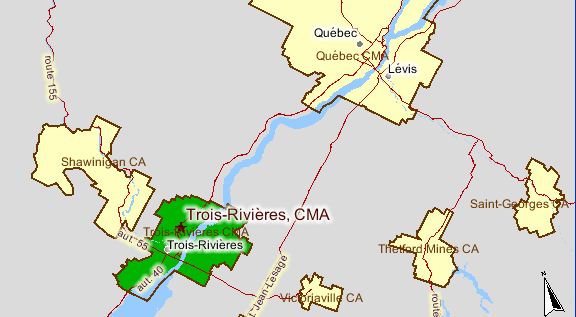
| For efficiency, the download files are normalized to minimize the amount of duplicate information. The following files are included: | |
| can-metros | This file lists Metro Area geographical designations plus population and other census statistics. The individual fields are MetroID (unique identifier), Province Abbreviation, Metro Name, Metro Type, Population, Size Category, Number of Private Dwellings, Number of Occupied Dwellings, Coverage Area. |
| postal-to-metro | This is simply an intersection file that associates the Postal Code with the Metro Area unique ID (MetroID) located in the can-metros file. |
| states | (Supplementary – not everyone needs this file)This is a master list of the 2-digit state/province abbreviations associated with State/Province Name |
Comma-Separated Values (CSV) Text File
The postal code is 7 characters in the following format: ANA NAN. Please note that there is a space in the 4th position
Census Geographical Area Unique ID - used to link Postal Code file to Geographic Area Definitions Data File (Metro Area File)
The Province code is 2 characters (AB=Alberta, BC=British Columbia, MB=Manitoba, etc.)
The city/town is up to 30 characters long.
Census Geographical Area name
Geographical Area Type Code (CMA, CA, unclassified)
Population according to Statistics Canada
S,M,L (Small, Medium, Large) - Statistics Canada considers a CA Small at less than 30,000 population, Medium is 30,000 to 99,999. All CMAs are considered Large (100,000 or more)
Total number of dwellings - includes any enclosed shelter with a roof, walls, doors, windows, and heat source or power.
Total number of occupied dwellings - includes any occupied enclosed shelter with a roof, walls, doors, windows, and heat source or power.
Coverage is given in square miles (for square kilometers, multiply by 2.58999)